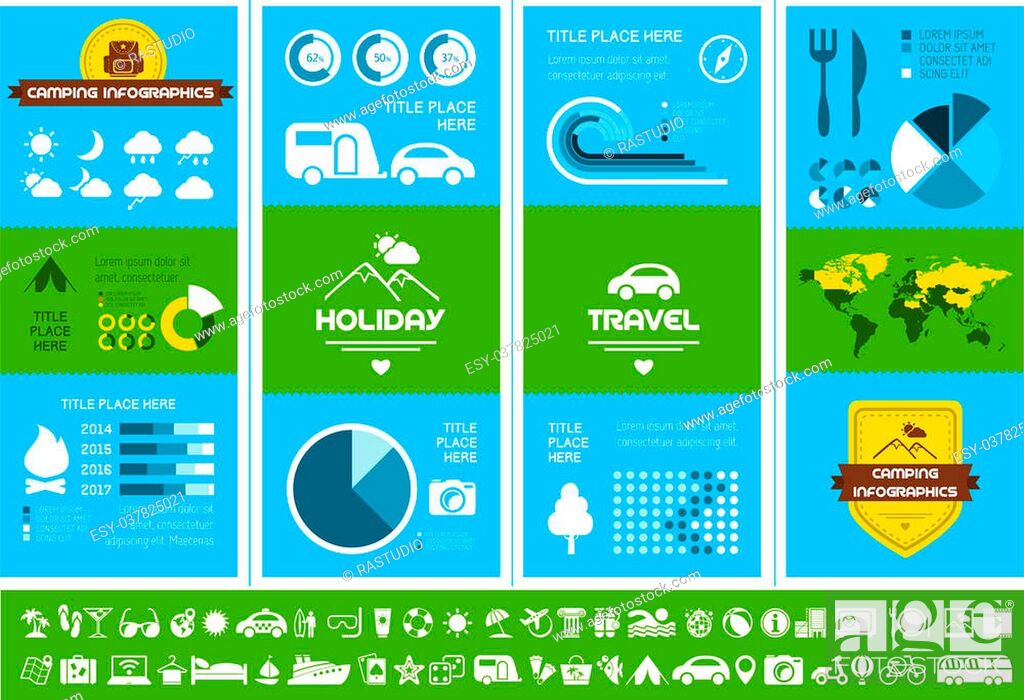White Duck Outdoors Affordable Canvas Tents Reviewed
The Very Best Knot Methods For Camping Tent Guy LinesThe Grasp Drawback is an easy and secure means to set tent individual lines. It's likewise a fantastic strategy for backing out a persistent tent fix. It can likewise be used to develop an adjustable tarpaulin person line where the adjustment is made at the tent/tarp end. It serves in high winds as it doesn't slide.
1. Bowline
Bowline is a knot that makes a loophole at one end of a rope. It's very easy to link and unknot, and it stands up to obstructing fairly well.
It's additionally a great knot to make use of for signing up with 2 lines with each other, although it's normally suggested that you utilize a various method (such as a sheet bend or square knot) for this function, to stay clear of having the two separate bowlines wear versus each other over time and weaken the line.
One potential problem with bowlines is that they can easily jam or bind if the working end is incorrectly travelled through the bunny opening. A number of important failings have actually been reported as a result of this, particularly when utilized in climbing applications. To assist prevent this from happening, you can make a left-handed bowline by passing the end around the standing part of the loophole as opposed to via it, as displayed in the animation below. This variation reportedly executes better and stands up to ring stress (a distending force applied either side of the knot) far better than the standard bowline.
2. Grip Drawback
Making use of these grasping hitches to secure your individual lines assists you prevent the issue of your line jamming while adjusting or tightening them. They are additionally beneficial when connecting a line to an object that is harder to get to than your standing end, such as a tree or big anchor object.
The Hold Drawback is a rubbing knot that can be quickly shifted up or down the line while slack yet holds firm under tons. It works for tensioning ridgelines or guy lines and for camping applications to safeguard tarpaulins or tents.
To link the Hold Hitch, pass the functioning end around the standing component twice and put it under itself. To tighten up, pull on the working end to develop a bight and camping afterwards utilize the bight to safeguard the knot to itself. For included safety and security, you can cover the working end around the standing part 3 times to increase rubbing and avoid the hitch from sliding under load.
3. Midshipman's Drawback
Also called the Taut Line Hitch (ABOK # 1856, p 310), Flexible Drawback, or Rigger's Hitch this knot creates a flexible loop at the end of a rope that can be moved up and down the standing end but still holds snugly when tightened. It is likewise easy to untie while under tons.
Ashley recommends this knot for a tent individual line due to the fact that unlike the bowline it can be connected while under load and is less vulnerable to twisting. It additionally develops an intermediate Awning Drawback that can take the preliminary lots while connecting the last Half Drawback
To use this knot cover the functioning end around an object such as a post or cleat. Next pass it back toward the things with the initial Half Drawback creating a 2nd Awning Drawback. Lastly coating tying the last Half Hitch and draw hard to dress and tighten up. For extra safety and security cover a second Midshipman's Hitch on top of the initial.
4. Adjustable Grasp Hitch.
The Flexible Grip Hitch, additionally known as the Crawley Adjustable Drawback and the Adjustable Loophole Knot, is a friction drawback that can be conveniently shifted up or down a line with slack yet holds firm under load. It is frequently used for changing outdoor tents ridge lines or tarps around camp.
This slide-and-grip knot supplies excellent hold and is less complicated to tie than the Tautline Drawback or Midshipman's Hitch, however should not be made use of for crucial applications since it might slip when shock filled. It can be boosted by adding added starting turns to boost the "hold" and rubbing in slippery materials.
To link this rubbing drawback, pass the working end around the item, then wrap it back alongside itself and put the end under the 2nd turn. Draw the functioning end to tighten up the knot.
